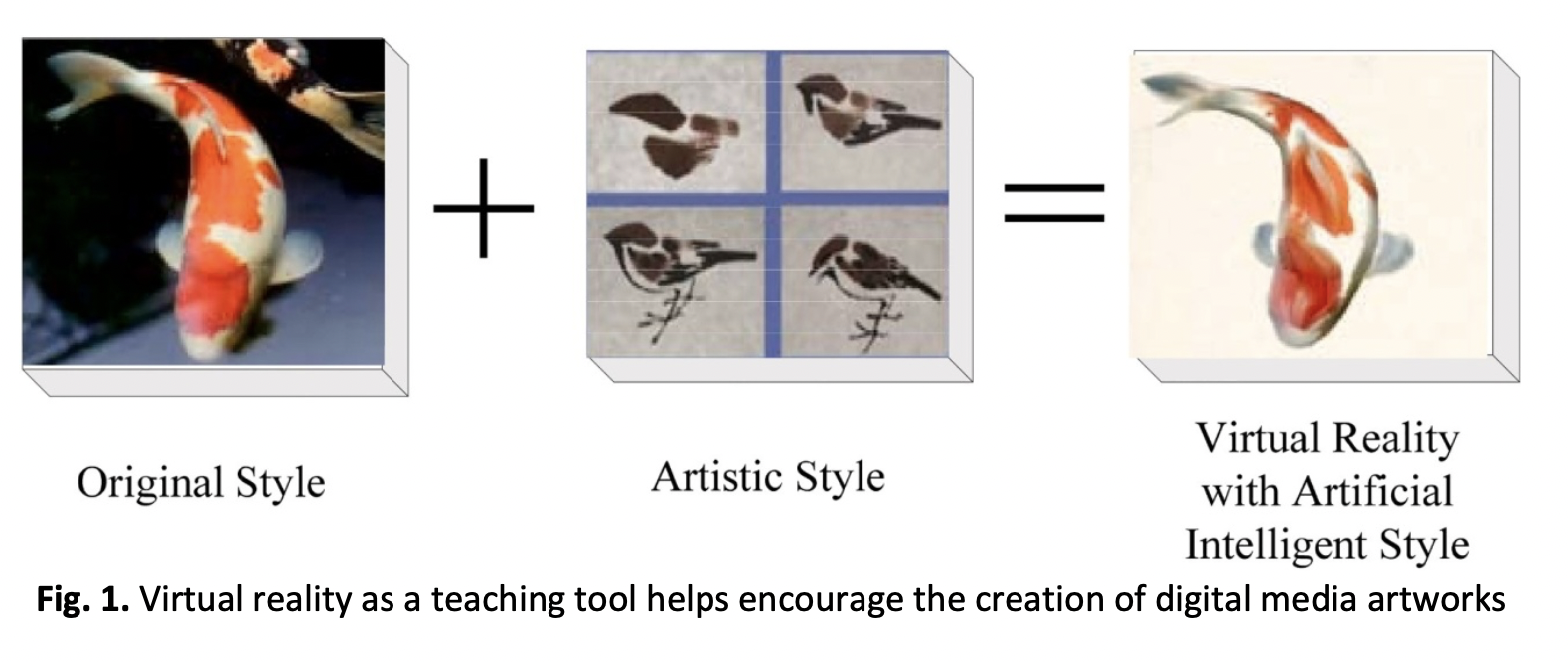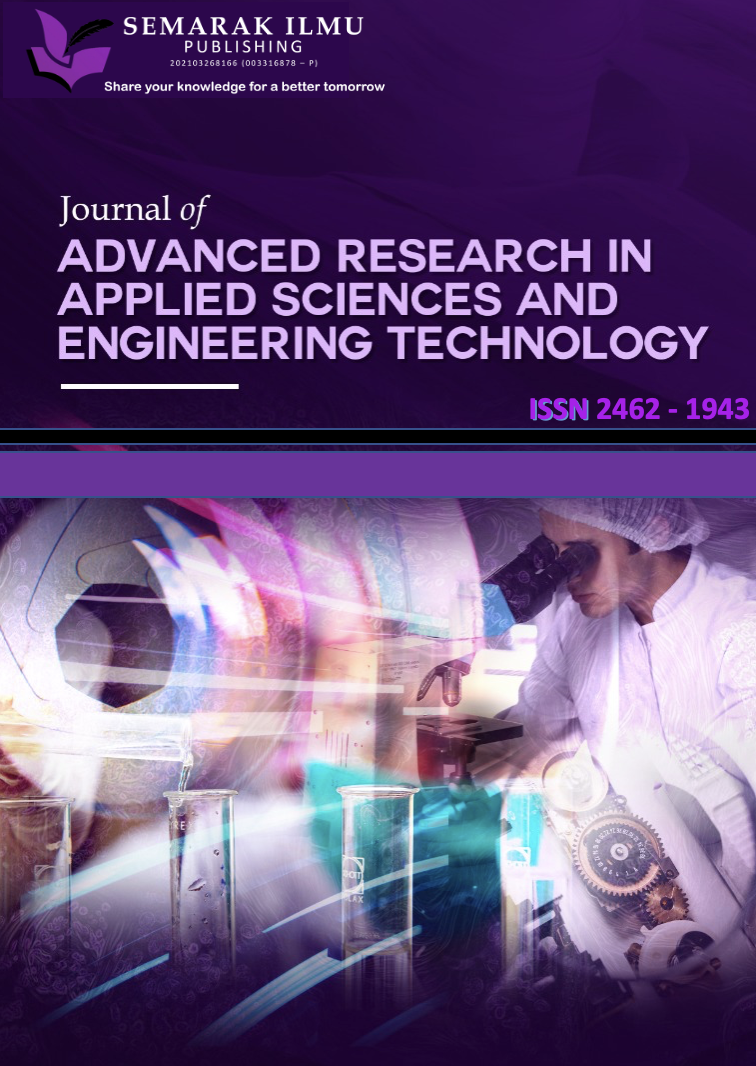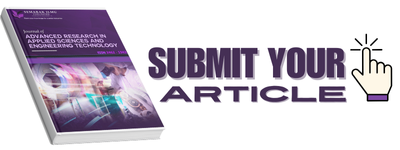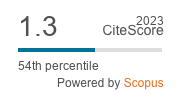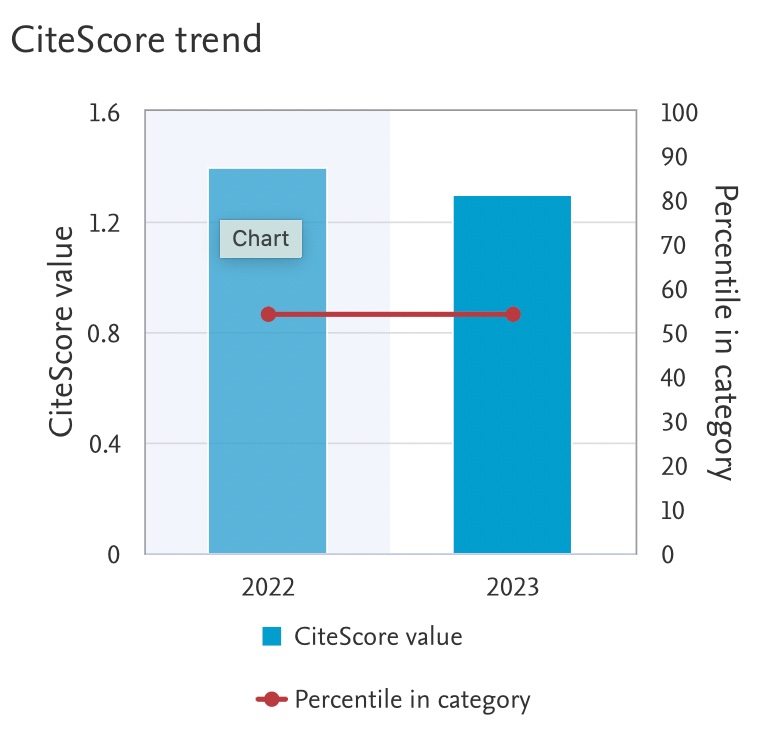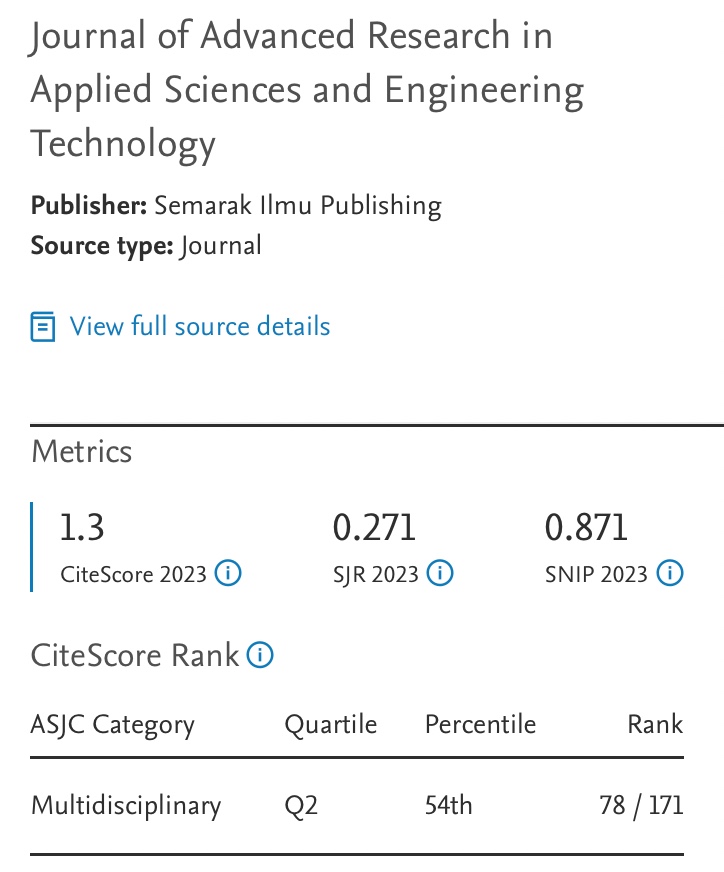Virtual Reality Technology and Artificial Intelligence for Television and Film Animation
DOI:
https://doi.org/10.37934/araset.43.1.263273Keywords:
Artificial intelligence, Virtual reality, 3D animation, Television production, FTA educationAbstract
Artificial intelligence technology has transformed television content and production methods and resulted in the development of a new generation of artificially intelligent Television. Popularising artificial intelligence technology improves television programme content, categories, cost, and efficiency. Virtual reality (VR) technology has been widely used in scientific study and everyday life; thus, its use in film and television animation (FTA) teaching has been researched to promote FTA learning. First, learning design uses dynamic environment modelling, real-time 3D graphic production, stereoscopic displays, sensors, and other VR technologies. These four issues were researched due to the present FTA primary teaching method. VR technology enhances FTA's basic training teaching, and the 3D animation course and VR technology increase professional skill course teaching. The application effect compares and analyses classroom satisfaction, comprehensive quality evaluation, and professional core curriculum effect. The VR technology group's thorough quality evaluation is significantly improved, and students' satisfaction with classroom atmosphere, teaching style, and teaching facilities is 85%, 78%, and 97.34%, respectively. This group can incorporate the new design process into animation modelling and finish the course design work well. Compared to traditional instruction, pupils are happier and harvest more. Thus, VR technology in FTA instruction can increase student engagement, efficiency, and professional knowledge and abilities. After analysing its application mode and effects, VR technology can be used in FTA teaching.
Downloads
